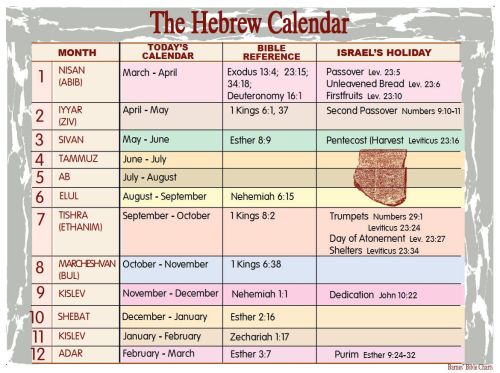
Carrying out God’s will, circa 1840. Via Fine Art America.
The Bible is a long book, but fortunately only two passages matter and override all the rest:
1. The Curse of Ham (Genesis 9:18-27):
18 And the sons of Noah, that went forth of the ark, were Shem, and Ham, and Japheth: and Ham is the father of Canaan. 19 These are the three sons of Noah: and of them was the whole earth overspread. 20 And Noah began to be an husbandman, and he planted a vineyard: 21 And he drank of the wine, and was drunken; and he was uncovered within his tent. 22 And Ham, the father of Canaan, saw the nakedness of his father, and told his two brethren without. 23 And Shem and Japheth took a garment, and laid it upon both their shoulders, and went backward, and covered the nakedness of their father; and their faces were backward, and they saw not their father’s nakedness. 24 And Noah awoke from his wine, and knew what his younger son had done unto him. 25 And he said, Cursed be Canaan; a servant of servants shall he be unto his brethren. 26 And he said, Blessed be the LORD God of Shem; and Canaan shall be his servant. 27 God shall enlarge Japheth, and he shall dwell in the tents of Shem; and Canaan shall be his servant.
The descendants of Ham have long since overspread Africa. It is God’s will that Africans be “the hewer of thy wood unto the drawer of thy water” (Deuteronomy 29:11), the slaves of non-Africans forever and ever. A race cursed by God.
2. Obedience of slaves (Ephesians 6:5-8):
5 Servants, be obedient to them that are your masters according to the flesh, with fear and trembling, in singleness of your heart, as unto Christ; 6 Not with eyeservice, as menpleasers; but as the servants of Christ, doing the will of God from the heart; 7 With good will doing service, as to the Lord, and not to men: 8 Knowing that whatsoever good thing any man doeth, the same shall he receive of the Lord, whether he be bond or free.
Verse 6: “the will of God”!
God’s plan for Africans: No less an authority than Stephen Elliott, Episcopal Bishop of Georgia (from 1841 to 1866), says that slavery brings Christ to Africans as part of God’s Providential plan:
“For nearly a hundred years the English and American Churches have been striving to civilize and Christianize Western Africa, and with what result? … thousands, nay, I may say millions … have learned the way to Heaven and who have been made to know their Savior through the means of African slavery!”
Millions of Africans in the US were:
“learning the very best lessons for a semi-barbarous people – lessons of self-control, of obedience, of perseverance, of adaptation of means to ends; learning, above all, where their weakness lies, and how they may acquire strength for the battle of life. … their condition … is the best relation they can, for the present, be made to occupy.”
Frederick Douglass himself was asked again and again in England in 1846:
“Douglass, are you not afraid of injuring the cause of Christ? You do not desire to do so, we know; but are you not undermining religion?”
– Abagond, 2021.
Sources: King James Bible; “The Great Stain” (2018) by Noel Rae by way of TIME; “An Appeal to the British People” (1846), a speech by Fredeick Douglass.
See also:
- The Complete Speeches of Martin Luther King, Jr: The White Edition
- The curse of Ham
- New Testament words: doulos (servant, slave)
- American slavery
- God
- Early White Americans
- Frederick Douglass
- John Fea: Believe Me – how US Christianity has been warped by slavery down to this day
- Does the Bible say that slavery is wrong?
596

































